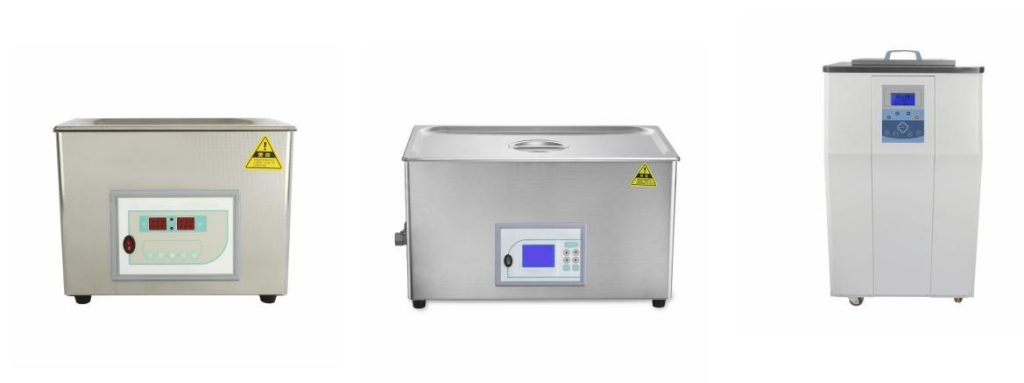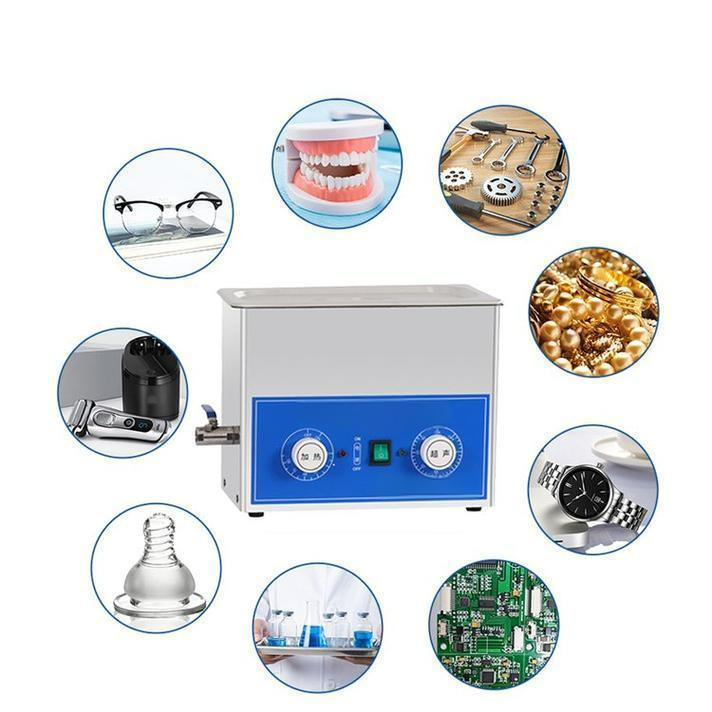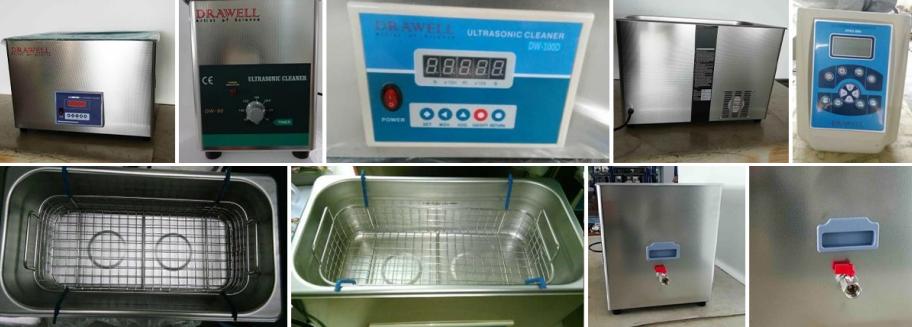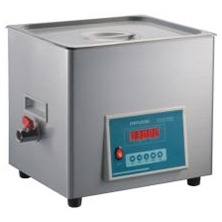Ultrasonic cleaners are renowned for their ability to deliver deep, gentle cleaning for a wide range of items. For delicate pieces, this cleaning method offers significant benefits by providing a thorough clean without abrasive scrubbing. Delicate items often have complex structures or sensitive materials that can easily be scratched, damaged, or affected by traditional cleaning methods. This is where ultrasonic cleaners excel—by using cavitation (the formation and collapse of tiny bubbles), they lift away dirt, oils, and debris without damaging surfaces.
In this article, we will delve into the key factors to consider when choosing an ultrasonic cleaner for your precious items, providing you with the knowledge to make informed decisions and ensure their long-lasting beauty.

Understanding Delicate Items and Their Cleaning Needs
Delicate items often include materials that can be easily scratched, corroded, or weakened by improper handling or harsh chemicals. Examples of these items include fine jewelry, intricate glassware, mechanical watches, and small electronic parts. These items require extra care to avoid damage during cleaning, which can occur if they’re exposed to excessive scrubbing, abrasive materials, or harsh solutions.
Why Use Ultrasonic Cleaning for Delicate Items?
Ultrasonic cleaning offers a gentle, thorough method for cleaning delicate items by leveraging cavitation bubbles. When sound waves pass through the cleaning solution, they create microbubbles that form and collapse on surfaces, lifting away contaminants without direct physical contact. This method is particularly effective for delicate items because it reaches into small crevices, intricate details, and hard-to-access areas that would otherwise be difficult to clean. Additionally, ultrasonic cleaning can be paired with mild solutions that are compatible with sensitive materials, providing a safe and efficient way to clean fragile items without the risk of scratching or tarnishing.
In summary, ultrasonic cleaning is ideal for delicate items as it provides effective cleaning through a non-abrasive, non-invasive process, making it a preferred choice for maintaining the quality and longevity of sensitive objects.

Key Considerations When Choosing an Ultrasonic Cleaner
When selecting an ultrasonic cleaner for delicate items, there are several essential factors to consider. Each aspect plays a role in ensuring that your cleaner is suitable for handling sensitive materials and effectively achieving the desired results.
1. Frequency Range
The frequency of an ultrasonic cleaner determines the size of the cavitation bubbles it produces, which affects the cleaning intensity. Higher frequencies, typically around 40–80 kHz, are ideal for delicate items as they create smaller bubbles that provide a gentler cleaning action. Lower frequencies, such as 20–30 kHz, are more intense and may be too harsh for sensitive materials. For delicate items, choosing an ultrasonic cleaner with a frequency of 40 kHz or higher is recommended.
2. Cleaning Tank Size
The size of the cleaner’s tank should accommodate the items you intend to clean. For delicate items, ensure that there’s enough space to place the items in the tank without overcrowding. Overlapping items can lead to ineffective cleaning and increase the risk of scratching or damage. Select a tank size that allows your items to be fully submerged and spaced apart for optimal cleaning results.
3. Adjustable Temperature Control
Many ultrasonic cleaners offer adjustable temperature settings, which can enhance the cleaning process by loosening contaminants. However, delicate items often benefit from low or moderate temperatures, as excessive heat can damage sensitive materials. Look for an ultrasonic cleaner with adjustable temperature control, allowing you to set a gentle temperature (usually around 30–40°C or 86–104°F) suitable for delicate items.
4. Timer Settings
Timers are a critical feature, especially for delicate items, to prevent overexposure to the ultrasonic cleaning process. Excessive cleaning time can lead to unnecessary wear on delicate materials. Choose an ultrasonic cleaner with adjustable timer settings so that you can start with short cleaning cycles (typically 2–5 minutes) and inspect the items after each cycle. This helps ensure thorough yet safe cleaning.
5. Solution Compatibility
Some ultrasonic cleaners are compatible with specific cleaning solutions that can improve results for certain materials. For example, specialized jewelry solutions may work well for precious metals, while glass-friendly solutions are available for sensitive optical equipment. Ensure the ultrasonic cleaner you choose can work with solutions safe for delicate materials, or consider a cleaner that allows compatibility with a range of mild solutions.
In conclusion, by focusing on factors such as frequency, tank size, temperature control, timer settings, and solution compatibility, you can select an ultrasonic cleaner that best meets the needs of delicate items, ensuring both safety and effectiveness.

Tips for Safe and Effective Ultrasonic Cleaning
To achieve the best results and maintain the integrity of delicate items, following safe and effective cleaning practices is essential. Here are several tips to help you use an ultrasonic cleaner effectively with delicate items.
- Maintain Appropriate Temperature: For delicate items, the solution temperature should be carefully controlled. Warmer solutions can enhance cleaning efficiency, but excessive heat may damage sensitive materials. For most delicate items, keeping the solution between 30–40°C (86–104°F) is ideal, as it provides effective cleaning while minimizing the risk of heat damage.
- Limit Cleaning Time: Delicate items often require shorter cleaning times to prevent any adverse effects from prolonged exposure. Start with short cleaning cycles—usually 2 to 5 minutes—and inspect the items after each cycle. This minimizes the risk of over-cleaning and allows you to assess if additional cleaning time is needed.
- Use the Right Solution: Choose a mild cleaning solution that is compatible with your ultrasonic cleaner and safe for delicate items. Avoid harsh chemicals that can corrode, tarnish, or weaken sensitive materials. For certain items, distilled water with a small amount of mild detergent may be sufficient. Always check compatibility guidelines before using any solution with your ultrasonic cleaner.
- Rinse and Dry Properly: After cleaning, rinse delicate items thoroughly with distilled water to remove any residual cleaning solution. Residual chemicals can cause damage if left on sensitive surfaces. Use a soft, lint-free cloth to gently pat the items dry, avoiding abrasive materials. For items with intricate details, compressed air can be used to remove any remaining moisture from hard-to-reach areas.

In summary, choosing the best ultrasonic cleaner for delicate items requires careful consideration of the device’s features and your cleaning needs. Delicate items benefit from the gentle, non-abrasive cleaning action provided by ultrasonic cleaners, but selecting the right frequency, tank size, temperature control, and compatible solution are essential to achieve safe and effective results. If you need some choosing suggestions, please feel free to contact our engineer. By following these guidelines and using proper cleaning practices, an ultrasonic cleaner can help you maintain the appearance and function of your delicate items for years to come.

